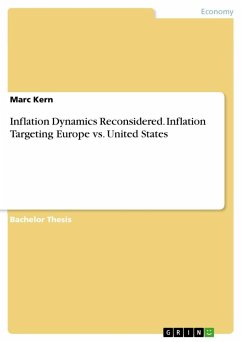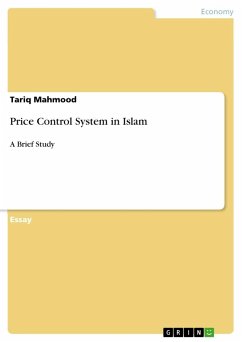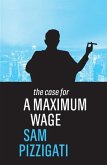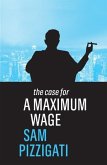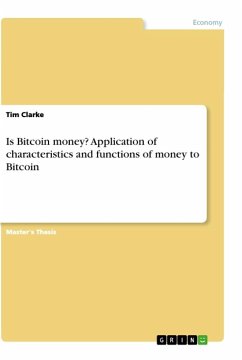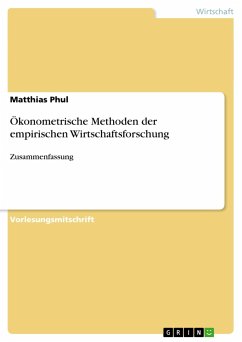Master's Thesis from the year 2016 in the subject Economics - Statistics and Methods, grade: 1,0, Humboldt-University of Berlin (Institute for Statistics and Econometrics), language: English, abstract: This thesis addresses the problem of linear regression estimation with selectively observed response data when selection is endogenous.The approach relies critically on the existence of an instrument that is independent of the selection, conditional on potential outcomes and other covariates. A parametric two-step estimation procedure its proposed. In afirst step the probability of selection is estimated employing a generalized method of moments estimator. The second step uses the estimated probability weights in order to perform an inverse probability weighted least squares estimation. Two potential estimators are presented and expressions for their asymptotic variance-covariance matrices are provided.As an extension, it is shown how the concept could be used in multiple period setup, using a pooled weighted least squares estimator. Finite sample properties are illustrated in a Monte Carlo simulation study. An empirical illustration is given, using the Survey of Health, Ageing and Retirement in Europe dataset, applying the theory to wage regressions.All proofs and background for mathematical statements are provided in the extensive Annex.


